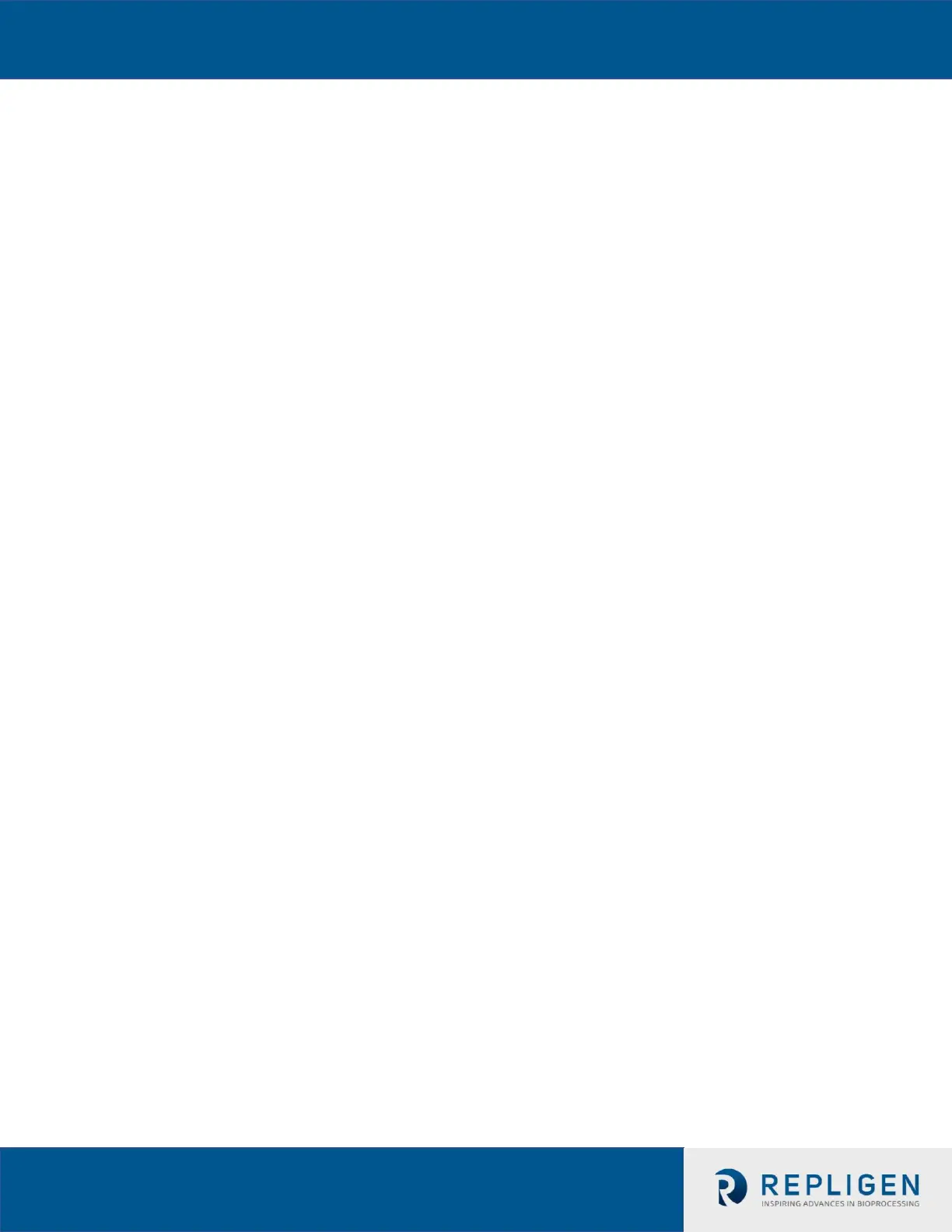107
d. Reset P2_P1_Capture = 0; the minimum capture bit is momentarily asserted.
4) Pneumatic devices are set to produce a maximum setting. (PV1=100%, PRV1=20.00 PSI,
Solenoid=1 [pressure or air])
a. Set PV1_SP = 100 Confirmed by examining DL_PV1
b. Set PRV1_SP = 20 Confirmed by examining DL_PRV1
c. Set Force_Solenoid = 1 Confirmed by examining Solenoid_Forced
d. The pressure in the system approaches the maximum value commanded.
Pressure gauge reading is allowed to stabilize.
Note: P2_PV and PRV1_PV should be very near the value on the external pressure gauge.
5) Pressure gauge reading is provided to the controller.
a. Programmer provides another data entry location for technician to enter the
pressure value.
b. Set P2_P2_EU = the pressure value from the data entry location.
c. Set P2_P2_Capture = 1 until the P2_Cal_Enable bit is received. When true…
d. Reset P2_P2_Capture = 0; the maximum capture bit is momentarily asserted.
6) Assert accept bit:
a. Set P2_Accept (input) = 1 until the P2_Accept (output) bit is received. When
true…
b. ResetP2_Accept = 0.
c. Controller performs the linear scaling calculation and resets the controller’s
internal calibration enable bit.
7) Clean up: After all calibration activities are complete, be sure to reset parameters that
were set during the calibration process.
